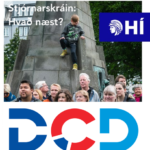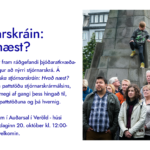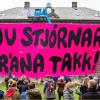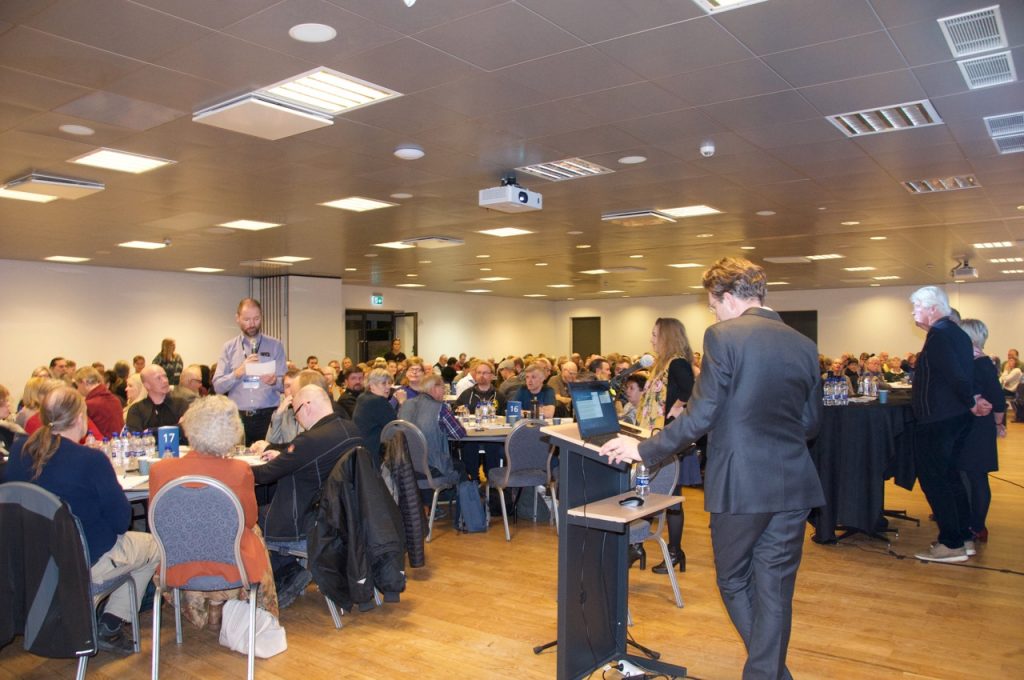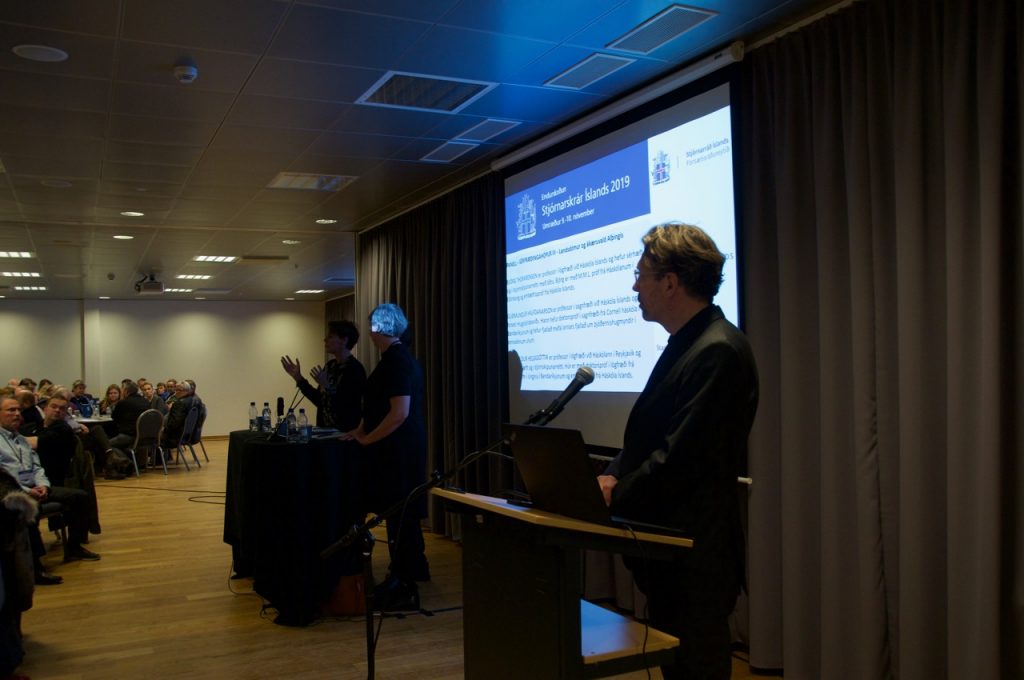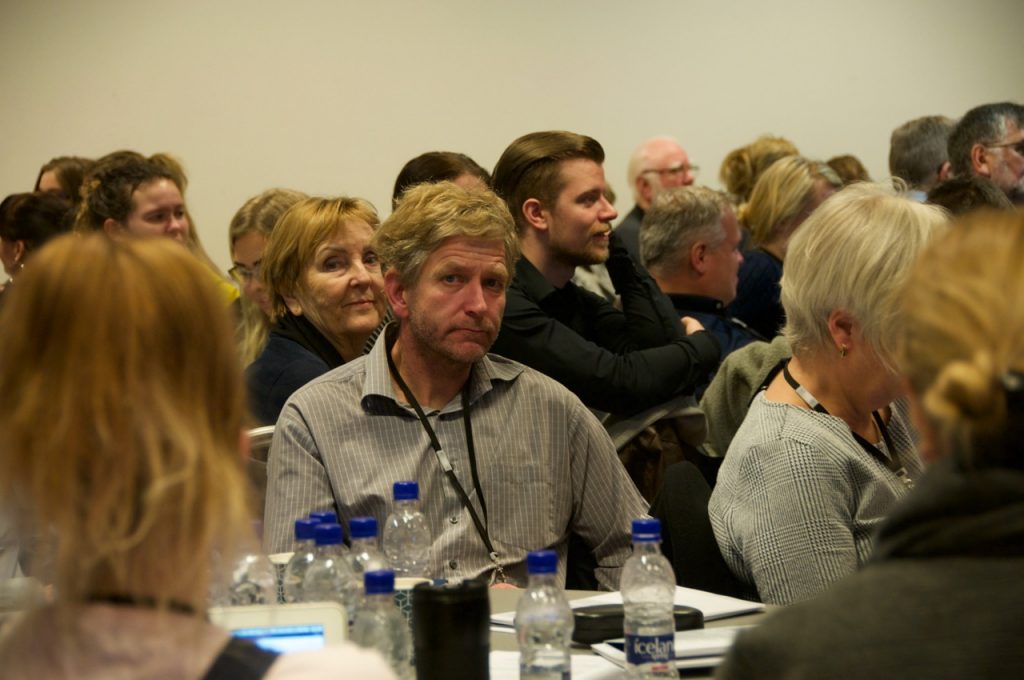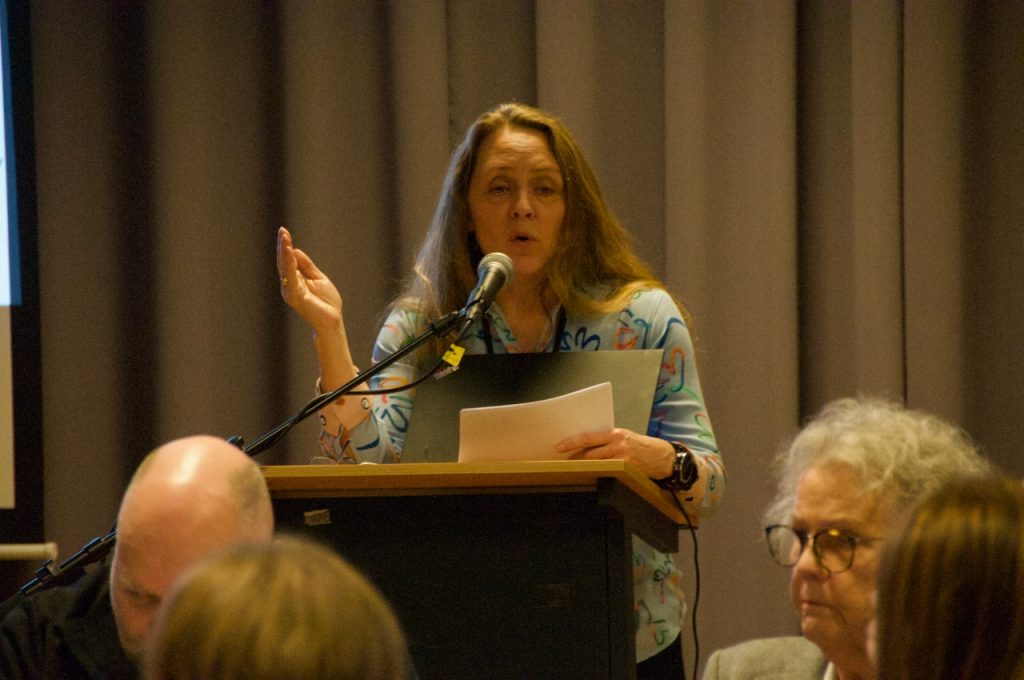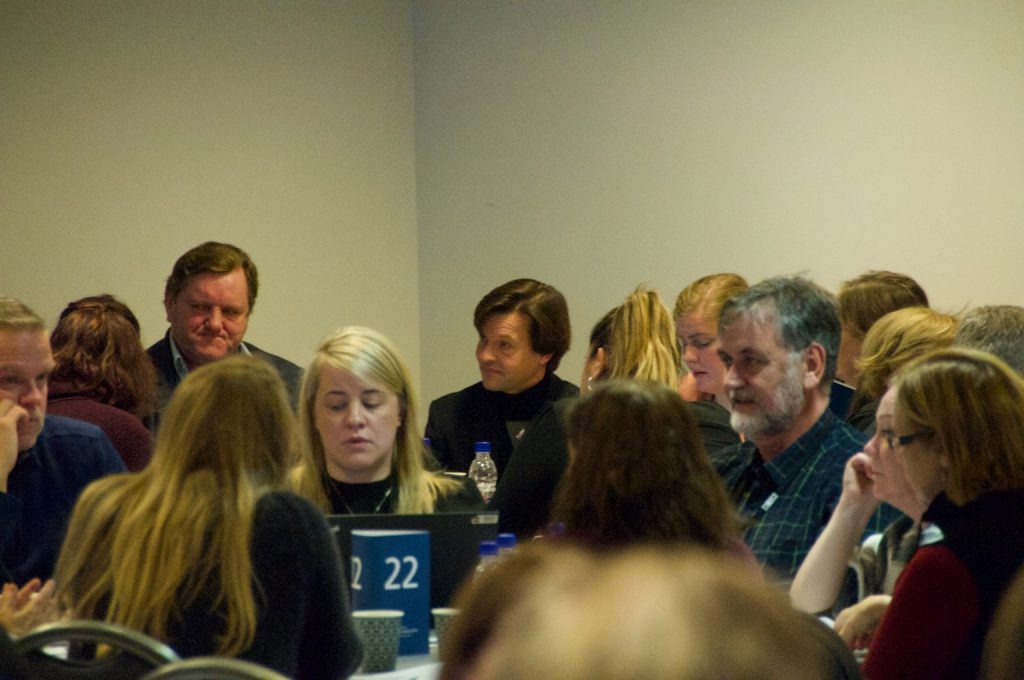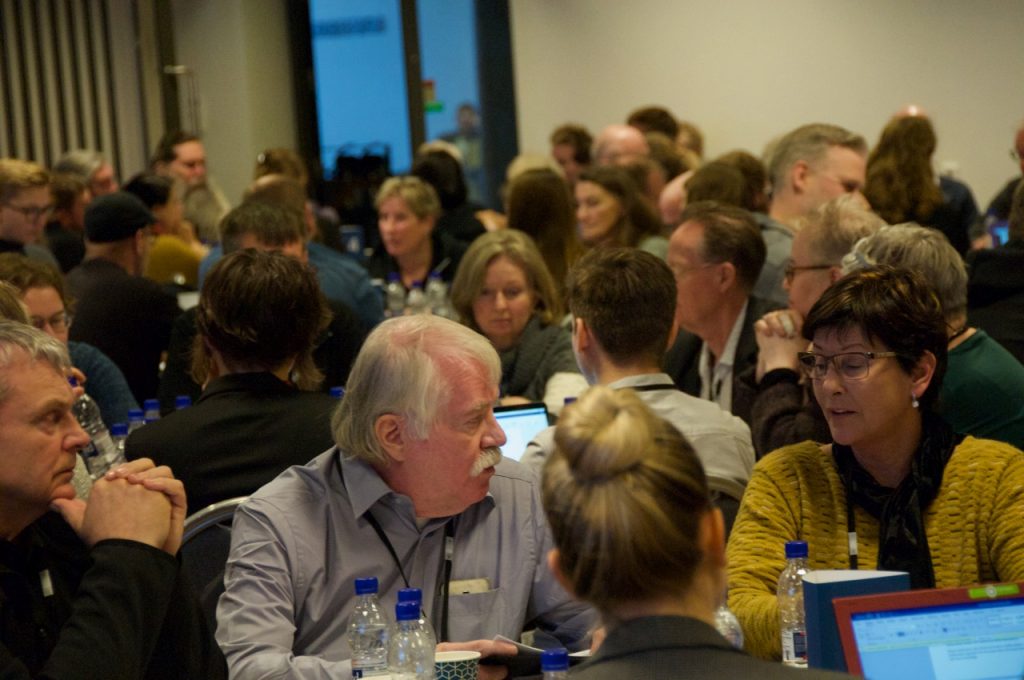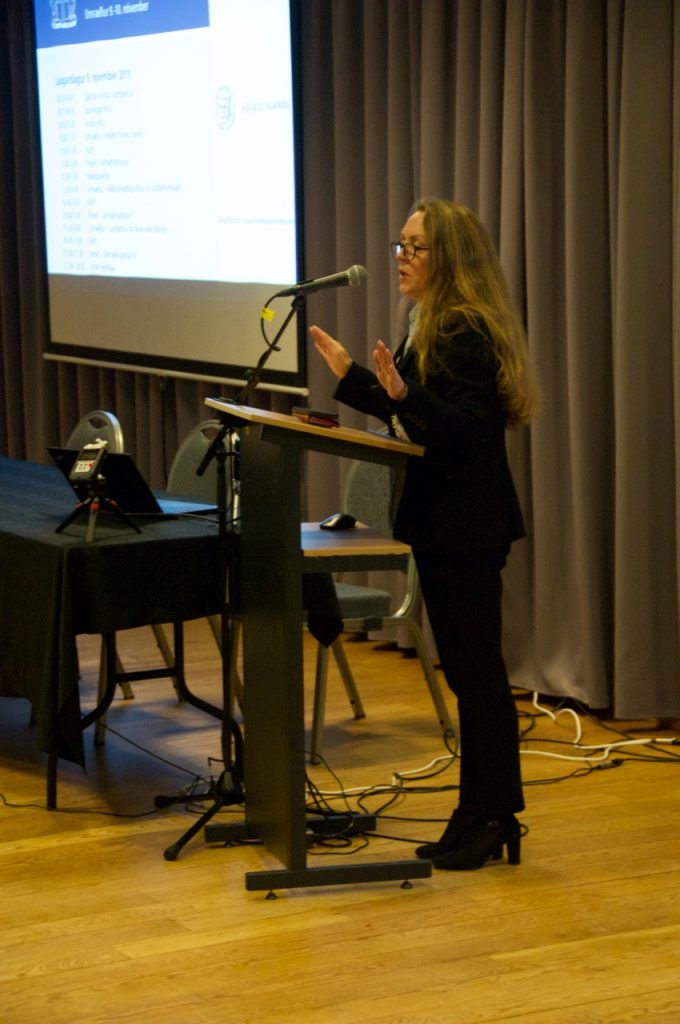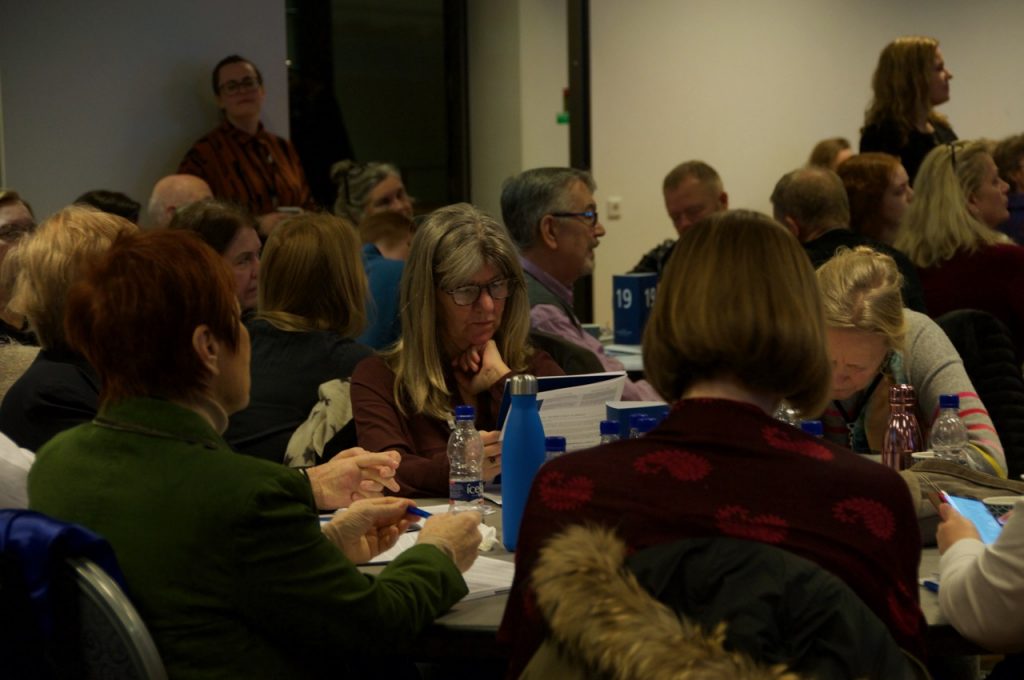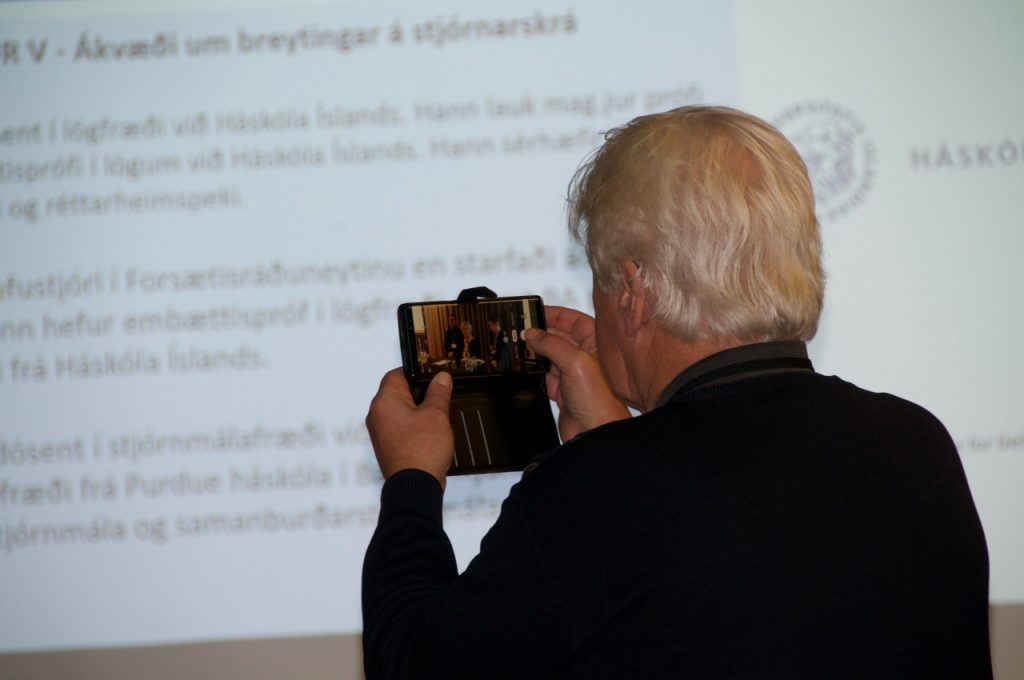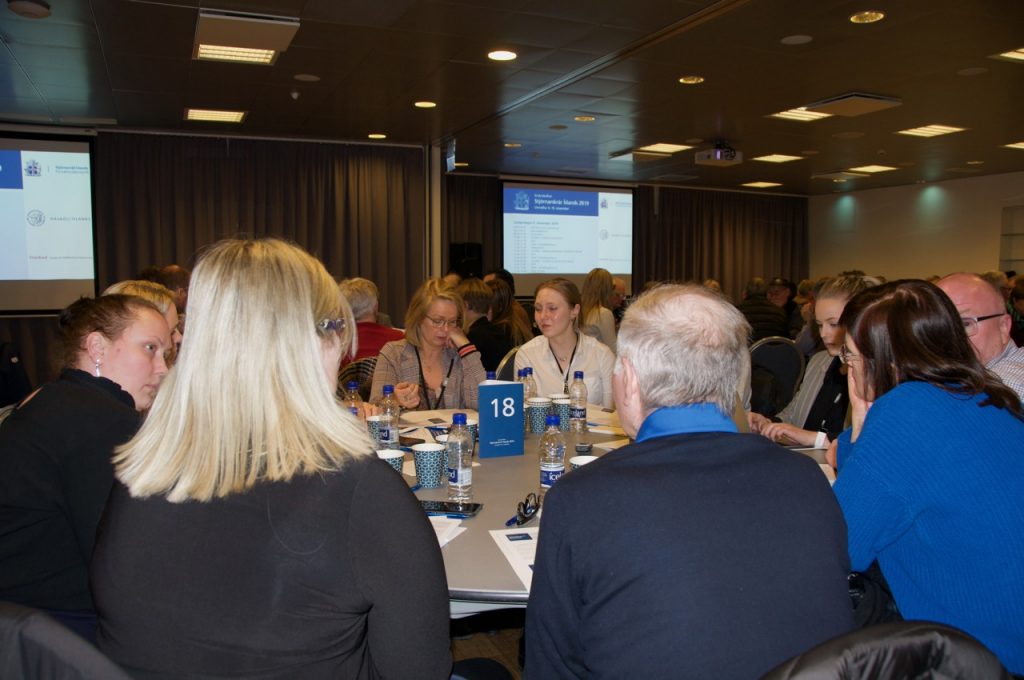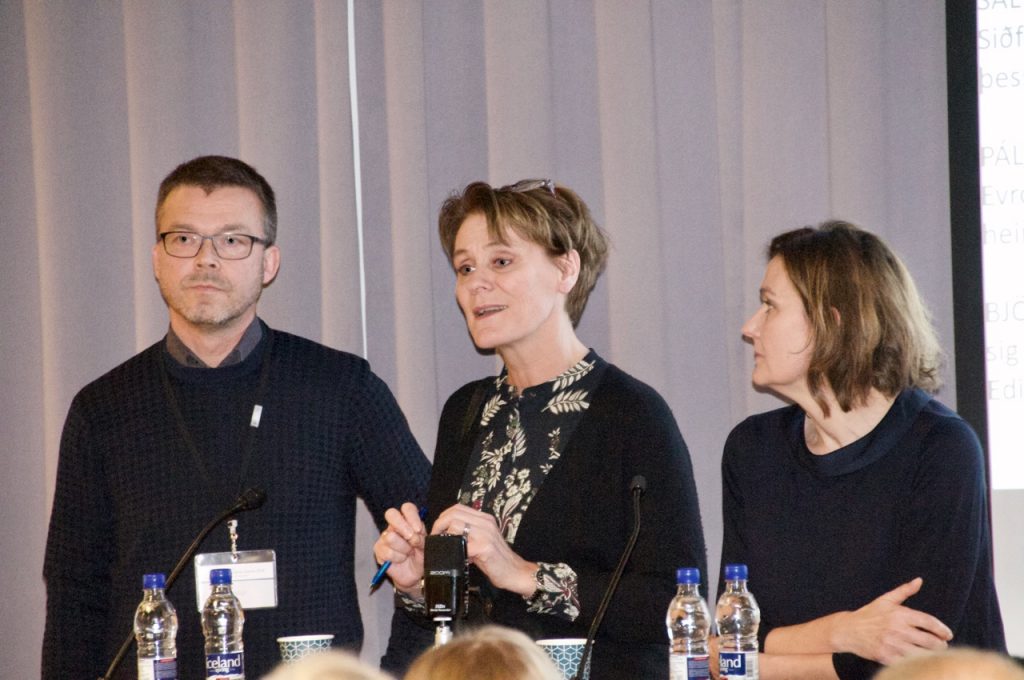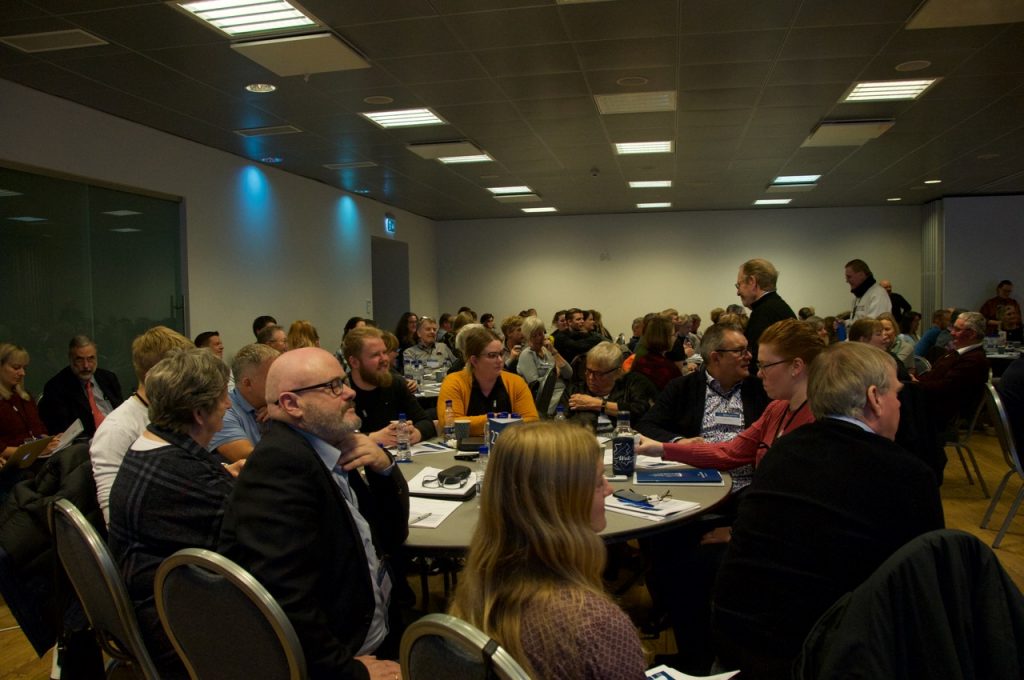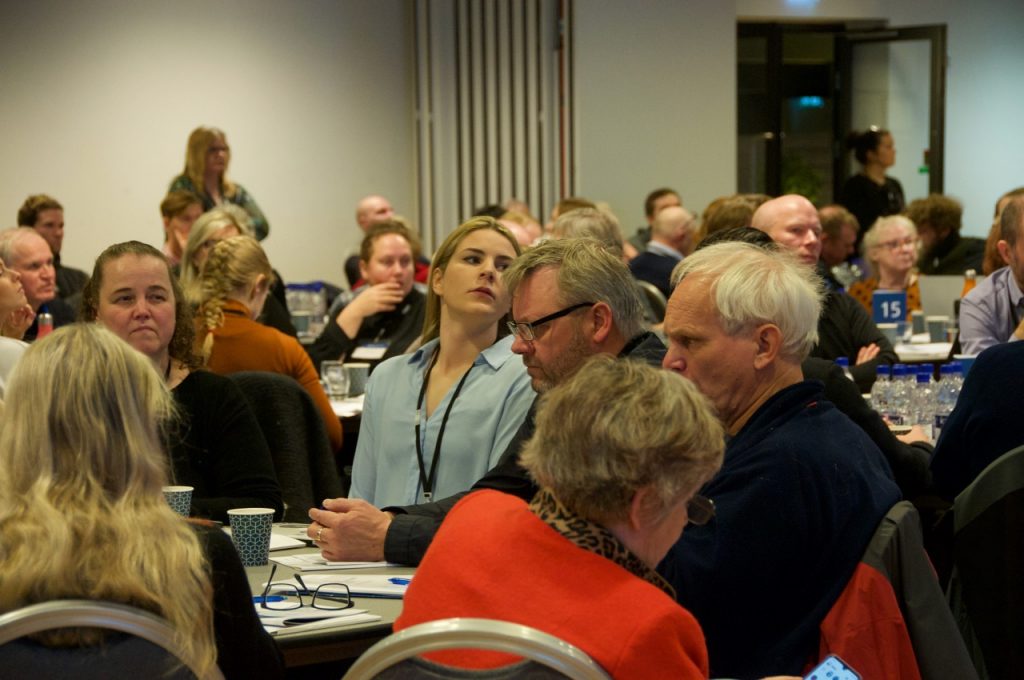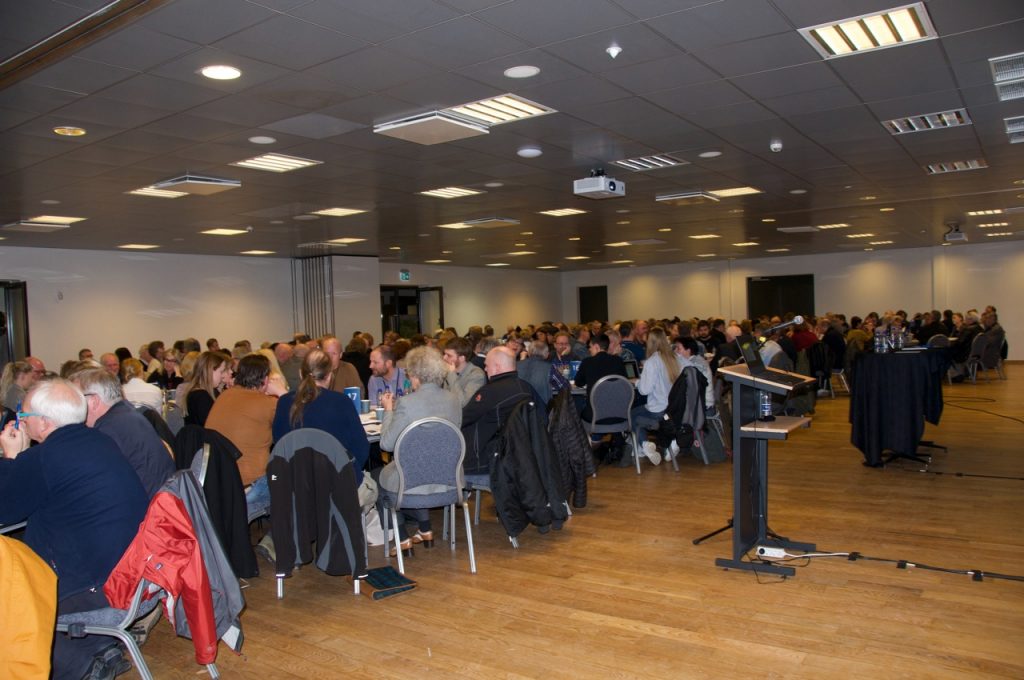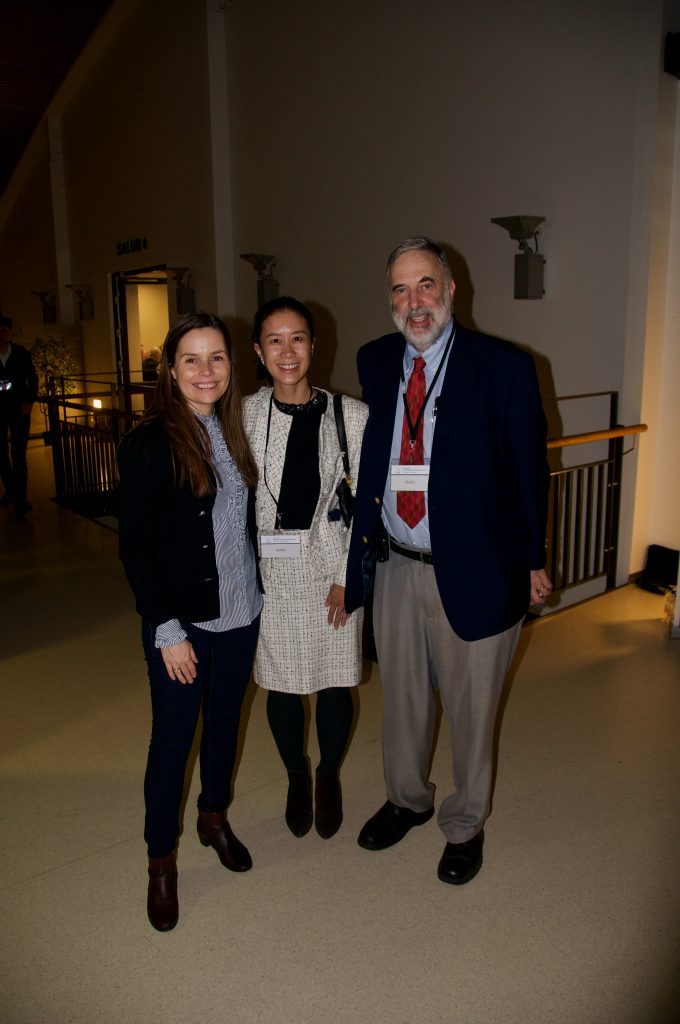| TITLE OF PAPER | Governing through ‘safetization’? Care, control and surveillance of public space through the use of patrolling ‘safety guards’ in Sweden |
|---|---|
| AUTHORS NAME | Jennie Brandén |
| AFFILIATION | Umeå Center for Gender Studies |
| UNIVERSITY / INSTITUTE | Umeå University |
| jennie.branden@umu.se | |
| ABSTRACT |
Swedish municipalities are spending more than ever on surveillance services, particularly on services of patrolling (Dagens Samhälle 2017). Part of this increased expenditure is the use of patrolling local “safety guards” as a new way of promoting safety, that is rapidly spreading among Swedish municipalities. Provided by the private security sector, safety guards are now patrolling public spaces in every third municipality in Sweden, according to a recent survey (Radio Sweden 2016). Apart from maintaining the order and preventing certain crimes, the guards are particularly focusing on social relations, on interacting with different ‘at risk’ groups, while working closely with, and reporting to, the local police, social services, schools and youth centres. Further, while security guards have long been used by municipalities to guard specific buildings or events, they are now patrolling larger areas of public space such as travel centres, city centres or particularly unsafe neighbourhoods. In 2018, a survey revealed that fifty-four municipalities were using security guards with increased authority to intervene and forcefully reject people (in Swedish ordningsvakter) in certain demarcated areas. These so called “LOV3§ areas”, approved by police authorities, were in twenty-four of these municipalities covering the whole city centre. In sum, the shift here concerns the previously limited municipal use of guards for specific security purposes, to a broader use of guards for safety purposes, patrolling larger areas of public space with both increased ‘policing’ authority and social responsibilities. How can we understand this increased surveillance and patrolling of large areas in public space, exercised in the name of safety rather than security, and including elements of both care and control? What areas are being patrolled and why? What bodies and activities are considered (un)safe and for whom? What boundaries and exclusions are thereby produced? Drawing on theories of governmentality and building on interviews, policy material and observations in three Swedish municipalities, this paper explores this increased use of patrolling ‘safety guards’, in order to seek to understand the organisation of, and rationalities behind this development, as well as its political implications. |
| BIOGRAPHY |
PhD-student in Political Science. |
| CO-AUTHORS |
None. |
| KEYWORDS | Safety, Boundaries, Exclusions, Race/Ethnicity, Gender |
| STREAM | 6. Production and Negotiation of Borders in Gender Research |
| COMMENTS | |
| PICTURE | |
| Webpage | |
Home »

